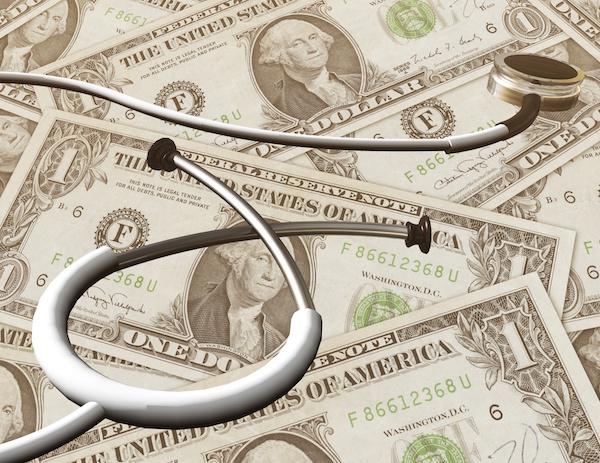
TUESDAY, Feb. 19 (HealthDay News) — A new survey suggests that while public health campaigns have prompted a growing number of American women to recognize that heart disease is the biggest risk to their well-being, a racial gap in awareness remains as wide as ever.
Overall, 56 percent of women now say they are aware that heart disease is their number one killer, up from just 30 percent back in 1997, according to the authors of the American Heart Association (AHA) report.
A steep climb in overall awareness was also observed among both black women and Hispanic women during the 15-year period. But the respective rise from 15 percent and 20 percent awareness in 1997 to 36 percent and 34 percent awareness in 2012, means that a notable gap in awareness has remained doggedly persistent.
“The results show we may be winning the war in the past 15 years to raise awareness of heart disease in women, but we are still fighting an important battle to close the minority gap,” said study author Dr. Lori Mosca, director of preventive cardiology at NewYork-Presbyterian Hospital in New York City.
Mosca and her colleagues report their observations in the Feb. 19 online edition of Circulation.
The survey was conducted by telephone and online from August to October in 2012. More than 2,400 women over the age of 25 participated.
Among the findings: While 35 percent of women said they (erroneously) believed that cancer was their number one killer in 1997, that dropped to 24 percent by 2012. Today, 56 percent of women accurately cite heart disease as their primary health threat, up from 30 percent in 1997.
On the downside, information strides made among black and Hispanic women had only lifted both groups to awareness levels already seen among white women back in 1997. The result: a racial spread in heart disease awareness that remains the same as it was 15 years ago.
“Sustained efforts are critical, because African-American women have the highest risk of heart disease and Hispanic women have the highest risk of diabetes, a powerful risk factor that is increasing in epidemic proportions,” Mosca said.
The poll authors also observed an age gap, with both overall awareness and the likelihood of discussing heart disease with a doctor particularly low among the 25- to 34-year-old set, the youngest group polled.
On the prevention front, women seemed more motivated to make lifestyle changes to feel better and improve their health, rather than to live longer. The team also noted that women continue to have “low” awareness levels when it comes to knowing the atypical symptoms of heart trouble that are unique to women, such as nausea.
However, Mosca did note that one particularly encouraging and surprising finding was that patients do seem to trust their physicians. “This was perceived to be a historical barrier,” she noted, “[but] the new data suggest there is an important opportunity for health care providers to help raise awareness among high-risk women, which is the first step in patients taking action to lower risk.”
Dr. Jennifer Mieres, a professor of cardiology at North Shore-LIJ Health System in New Hyde Park, N.Y., said that media-savvy public health campaigns (such as last week’s annual celebrity-driven “Red Dress Event” in New York City) are the key to raising awareness.
“When the AHA’s ‘Go Red’ campaign got started, it was sort of a recognition that most women, when they were asked where they get their information about heart disease from, said they got it from the media. Seventy percent said their information came from magazines, TV, radio shows. Only 24 percent said they got information from their medical providers,” Mieres said.
“So, it was a wake-up call,” she added. “Because while one in 20 or 30 women die from breast cancer, one in three women die from heart disease. But the breast cancer community had done an amazing, and much better, job of getting the message out about that important disease by using celebrity spokespersons and focusing on the importance of mammograms,” Mieres explained.
“So, I think an improved partnership with the media to get science-based information out there is what is responsible for the increase in awareness,” she noted.
However, Mieres suggested that the current status quo, while an improvement, is not good enough.
“I think we have to be much more aggressive in our messages so that women know that 80 percent of heart disease can be prevented by knowing your numbers and making lifestyle changes to control risk factors. And I think we have to become more culturally sensitive, and expand our media campaign to specifically address black women and Latinos through the media outlets and in the language they most often access,” she said.
“Clearly,” Mieres said, “we still have a long way to go.”
More information
For more on women and heart disease risk, visit the American Heart Association.

